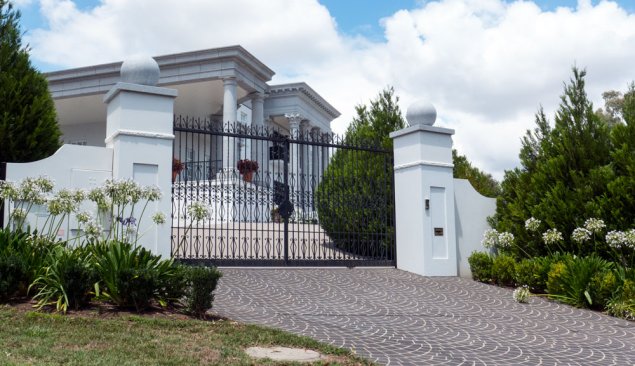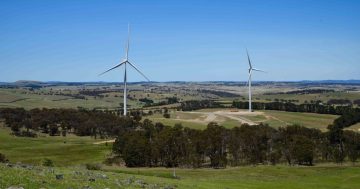
There’s a talk at the Albert Hall here in Canberra on Tuesday 16 February. The title for this session definitely sounds as though a focus group of bureaucrats have signed off on it.
The title is: Urban Renewal – a partnership with the community.
These words are meant to be harmless, non-threatening and inoffensive (well not too much). The more significant thing is what is avoided and what is the real meaning behind these so-called user friendly phrases.
Unfortunately, whatever committee settled on the term ‘Urban Renewal’ overlooked the usual online entries on the meaning and background to this phrase. Even more amazing is that Canberra’s Chief Minister has put himself in charge of Urban Renewal and naively boasts about this on his ‘vibrant’ website (that happens to be headed with a photo of an urban failure).
As anyone with any experience in planning matters knows – ‘Urban Renewal’ has become one of the most threatening titles one could have come up with – and signals trouble to any resident who happens to have invested in a household and is enjoying a reasonable amount of amenity within a well settled suburb.
To be called the Minister for Urban Renewal – is like being called the Grand Poobah of a property development mob that is about to destroy peoples’ lifestyles and their precious local communities!
For some suburbs Urban Renewal has come to represent the new ‘clearances’. Urban Renewal is currently the bureaucratic cover for policies to over-ride the aspirations of pesky residents (and not just here in Canberra!). In the view of those who run Urban Renewal programs, residents are classed as a single entity (rather than a load of complex communities) that simply fails to understand the bigger picture and the urgent need for the renewal of the suburban areas and the construction of loads of new residential opportunities – to provide ‘choice’ (and probably something ‘vibrant’)
The linking of Urban Renewal with the other title – Partnership with the community – is to say that the Government is setting out to change your suburban way of life and it is going to do so by making you a partner in the process. What residents have learnt over the years is that their role in such partnerships is subservient to the greater needs of those who set the property development agenda for this and many other government jurisdictions.
One does not have to look far to see who gains most from Urban Renewal. And you can also guess which suburban areas tend not to be subject to Urban Renewal.

By now anyone reading this may have formed an opinion that I am against any form of change across settled suburbs. That would be incorrect.
Any honest and transparent government can bring about change. The word that goes missing in such exercises, or gets badly misused, is ‘community engagement’.
Community engagement is so much more than just fake and imposed ‘partnerships’. It is about governments forming real and realistic networks and close relationships with local residents. It is based on maintaining equity in the manner in which discussions and negotiations are held — no matter how difficult such processes may be.
In the end the government definitely needs to make the final decisions (that’s why we elect them). If these final decisions are based on a transparent approach and about ensuring that the many layers of the communities have ownership of the processes, then anything is possible.

It is definitely not about what happens now in Canberra. It is not about spin-doctors (community liaison officers/ media managers) producing loads of facile arguments in glossy documents explaining why residents just need to acquiesce and accept the clearances in their areas as proposed.
Several years ago I sat down with a visiting international scholar who was in town to talk to politicians and to deliver a paper or two. She quickly agreed that the basics of the older parts of Canberra were sound enough to be built on to bring about a world class city – that produced good design and addressed all the contemporary climate and environmental issues. However she was amazed at the lack of design and environmental issues being addressed in the newer areas and within the new redevelopments within more established part of Canberra. It was that obvious to someone making her first visit to this city. Why is it not obvious to our politicians and the development bureaucrats?
It is with this background to how Urban Renewal is being interpreted for our city that could make the meeting at the Albert Hall a fascinating spectacle.
I am sure that many residents, who have been subject to the unwanted incursions into the suburbs, will have a lot to say.
I urge you to register for Tuesday 16th February 6.30pm at the Albert Hall – click here – to ensure you have a seat.





















